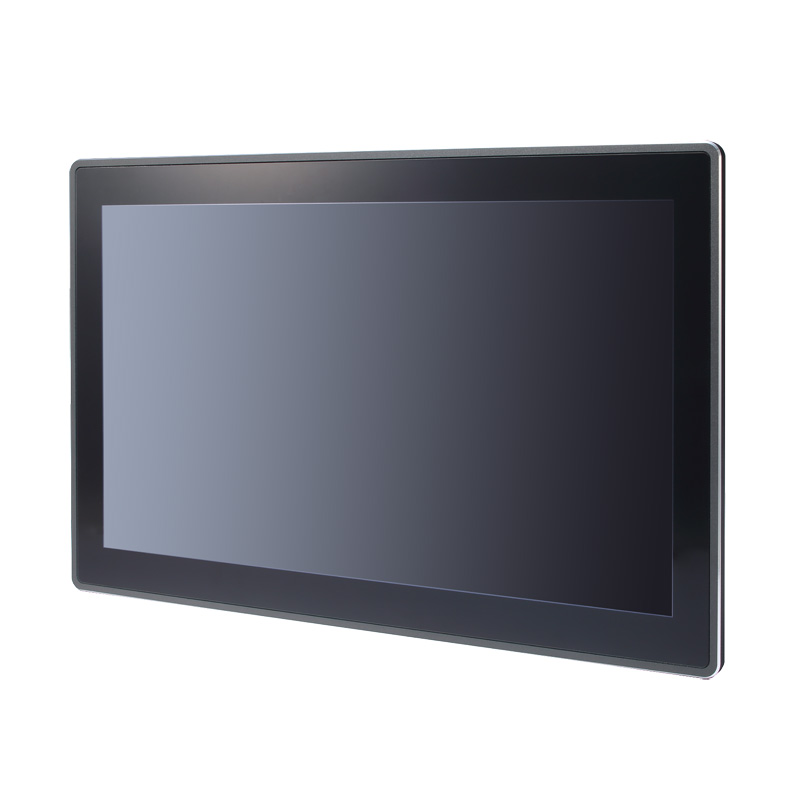Why Choose an LCD Touch Screen for Your Next Device?
2025-09-09
In today’s fast-evolving electronics market, the demand for intuitive and high-performance interfaces has never been higher. LCD touch screens have emerged as the cornerstone of modern devices, powering everything from smartphones and tablets to industrial machinery and medical equipment. But why are LCD touch screens considered the preferred choice for so many applications? The answer lies in their superior display quality, responsiveness, and versatility.
LCD, or Liquid Crystal Display, technology uses liquid crystals that align to manipulate light when an electric current is applied. When paired with touch-sensitive layers, this technology transforms a standard display into an interactive interface that enhances user experience. Businesses, engineers, and designers increasingly opt for LCD touch screens because they combine precision, reliability, and aesthetic appeal, making them suitable for both commercial and industrial applications.
Understanding LCD Touch Screen Technology
What Makes LCD Touch Screens Stand Out?
At the core of every LCD touch screen is a combination of display technology and touch-sensing capability. Here’s a closer look at the key components and functionality:
-
Display Panel: The base of the LCD consists of two polarized glass panels with liquid crystal solution sandwiched between them. The orientation of these crystals changes with electrical input, modulating light to create vibrant visuals.
-
Backlight: Most LCDs use LED backlights to ensure even illumination and high contrast, producing sharp images even under bright lighting conditions.
-
Touch Sensor: There are primarily two types of touch technologies:
-
Resistive: Responds to pressure from a finger or stylus, making it highly durable and cost-effective.
-
Capacitive: Detects the electrical properties of the human body, offering multi-touch capabilities and smoother interaction.
-
-
Controller IC: Acts as the communication bridge between the touch layer and the main processing unit of the device, translating gestures into precise commands.
Advantages of LCD Touch Screens
-
High Resolution and Image Clarity: Modern LCD touch screens can achieve resolutions up to 4K, providing crisp text and vivid colors that are ideal for multimedia applications.
-
Energy Efficiency: Compared to traditional CRT displays, LCDs consume significantly less power while maintaining brightness and clarity.
-
Durability and Reliability: Designed to withstand repeated touch interactions, many LCD touch screens incorporate scratch-resistant coatings and tempered glass.
-
Wide Compatibility: These screens are compatible with a wide range of devices, from consumer electronics to industrial controls, ensuring versatility in design.
Product Parameters Overview
| Parameter | Specification |
|---|---|
| Display Size | 4.0” – 32” |
| Resolution | 800x480 to 3840x2160 (4K) |
| Touch Type | Capacitive / Resistive |
| Response Time | 5ms – 25ms |
| Brightness | 250 – 1000 nits |
| Contrast Ratio | 800:1 – 5000:1 |
| Operating Temperature | -20°C to 70°C |
| Surface Hardness | 6H – 9H (tempered glass options) |
| Interface Options | HDMI, VGA, LVDS, USB, I2C |
| Lifespan | Up to 50,000 hours backlight longevity |
By understanding these specifications, businesses and developers can select the right LCD touch screen for their specific needs, whether it’s for high-definition video playback, precision touch applications, or industrial-grade durability.
How LCD Touch Screens Enhance User Experience
How Do LCD Touch Screens Improve Device Interaction?
User experience is at the heart of product design, and LCD touch screens significantly enhance interactivity in several ways:
-
Intuitive Controls: Touch screens allow users to interact directly with the display, eliminating the need for external keyboards or complex navigation systems.
-
Multi-Touch Capabilities: Capacitive touch screens support gestures such as pinch, zoom, and swipe, enabling natural interactions that modern users expect.
-
Customizable Interface: With programmable touch inputs, devices can display dynamic menus, control panels, and responsive dashboards tailored to user needs.
-
Faster Navigation: Direct touch inputs reduce latency compared to traditional buttons or knobs, streamlining workflows in commercial and industrial applications.
Real-World Applications
-
Consumer Electronics: Smartphones, tablets, and laptops rely on high-precision LCD touch screens for vibrant displays and smooth user input.
-
Industrial Equipment: In factories, touch-enabled control panels simplify operations, reduce training time, and increase productivity.
-
Medical Devices: LCD touch screens are essential in monitoring equipment and diagnostic tools, providing clear visual data and precise input.
-
Automotive Systems: Advanced infotainment units in modern vehicles utilize touch screens for navigation, climate control, and entertainment.
By combining visual clarity with responsive touch input, LCD touch screens create seamless human-device interactions, improving usability and overall satisfaction.
Frequently Asked Questions About LCD Touch Screens
FAQ 1: How do I choose the right LCD touch screen for my application?
Answer: Selecting the ideal LCD touch screen involves evaluating your device’s functional requirements. Key considerations include display size, resolution, touch type, brightness, interface compatibility, and operating environment. For industrial settings, prioritize durability and temperature tolerance. For consumer devices, focus on high resolution and multi-touch responsiveness. Additionally, ensure that the screen integrates seamlessly with your device’s controller and software platform.
FAQ 2: How can I maintain and extend the lifespan of an LCD touch screen?
Answer: Proper maintenance enhances performance and longevity. Clean the screen regularly using a soft, lint-free cloth and mild cleaning solution to avoid scratches. Avoid exposure to extreme temperatures and direct sunlight for extended periods. Ensure proper electrical grounding to prevent static damage. For resistive touch screens, avoid sharp objects that can puncture the surface, and for capacitive screens, maintain protective coatings when available.
Why RGB Optoelectronics LCD Touch Screens Are the Optimal Choice
Choosing a reliable partner for sourcing LCD touch screens is as important as selecting the screen itself. RGB Optoelectronics offers a range of high-quality LCD touch screens that meet international standards for performance and durability. Their products provide:
-
Advanced Display Technology: High-definition LCD panels with superior color reproduction.
-
Responsive Touch Performance: Both capacitive and resistive touch options with rapid response times.
-
Customizable Solutions: Screens tailored to specific applications, from medical instruments to consumer electronics.
-
Global Support and Reliability: Comprehensive support to ensure seamless integration and long-term functionality.
Whether you’re designing a cutting-edge industrial control panel, a medical device, or a consumer electronics product, RGB Optoelectronics ensures that every touch experience is smooth, precise, and reliable.
Contact us today to explore our full range of LCD touch screens and find the perfect solution for your project. Our team of experts is ready to provide technical guidance and support tailored to your requirements.



